“Babe” is a word fraught with an abundance of colloquial meaning. It can be a pet name for a lover, a way to talk about a tiny young person, or even a weapon on the tongue of a cat-caller. Petra Collins’s Babe, a new book published today by Prestel with a foreword by Tavi Gevinson, evokes several, if not all of them.
“It’s a silly word, actually,” Collins admits. “I was thinking of the women in the book and what I thought of them, what they exuded. For me, ‘Babe’ just means cool, hot, powerful, smart, talented.” The women shown in the book, by and large, come from Collins’s self-selected Internet community; in editing the book, she brought on many of the artists she has published on The Ardorus, the digital art collective she founded in 2010.
Babe presents the artists’ work in alphabetical order. There are a few drawings, but most of the work is photographs made by young women, and is often focused on how they use and consume the Internet. The taboo is embraced—like the evident menstrual bleeding in Arvida Bystrom’s series “There will be blood” [Slide 4], or Sandy Kim’s proposition sent via text by a boy. Despite the shock value, titillation is not Collins’ main goal. With Babe, Collins says she seeks to empower women to take control of their bodies and stories, and how they’re presented to the world. “As a woman or young girl, you hardly see images that represent you,” Collins explains. “It’s hard to be a full person when you don’t see yourself represented anywhere.”
Collins’s own photos in the book tackle this theme directly, capturing girls in bathrooms and bedrooms as they style, art-direct and photograph mirror selfies. “A lot of my images are of girls, women, looking at themselves,” Collins says. “The selfie and phones are a whole new way of creating—or even curating—yourself, creating this person. I find it really interesting to find what they do while they’re taking the photo, how the photo looks and where the photo ends up.”
But the idea of what constitutes a “best side” is up for debate, and Collins gives Alexandra Marzella a platform for her explicit subversion of the sexual gaze. Her contribution to Babe include selections from her Twitter and Instagram feeds, which are rife with awkward poses and unflattering angles, close ups of acne and bizarre-looking food.
The underlying ethos of Babe appears to be the idea that young women—pimples, periods, diets, insecurities and all—are worthy of love, from others, and from themselves. It’s most evident in Australian artist Aimee Leigh’s screengrab of her Google search “young girls loving themselves” [Slide 5] returning zero results. It raises hopes for a future when such searches might yield more fruit. And it will, if Collins has anything to say about it: She believes it’s her responsibility to support those that might come after her.
“It’s really important as an artist—as a person, even—to support others, and support others who are doing work for the same reason,” Collins says. “As a female artist, it’s already hard to find your way through it, so it’s important to give other women a chance.”
—Matthew Ismael Ruiz
Related:
Lindley Warren’s “The Ones We Love”
Fashion, Re-Invented
No Eyes On Me
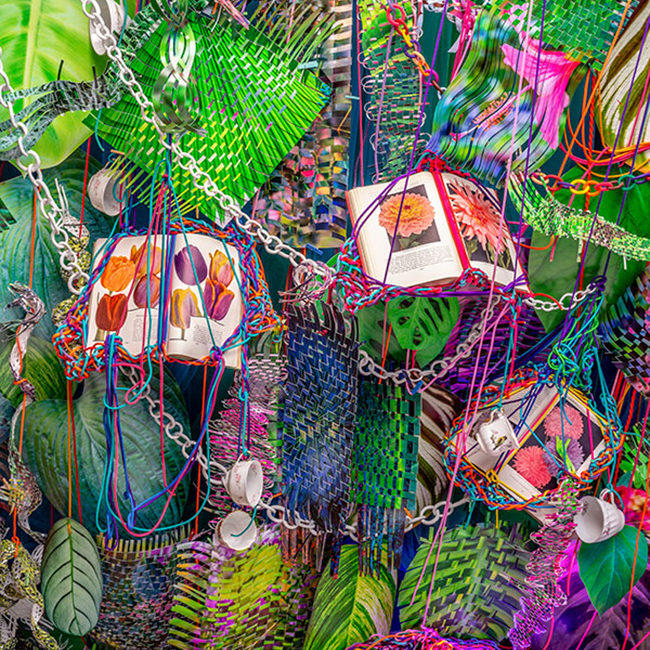



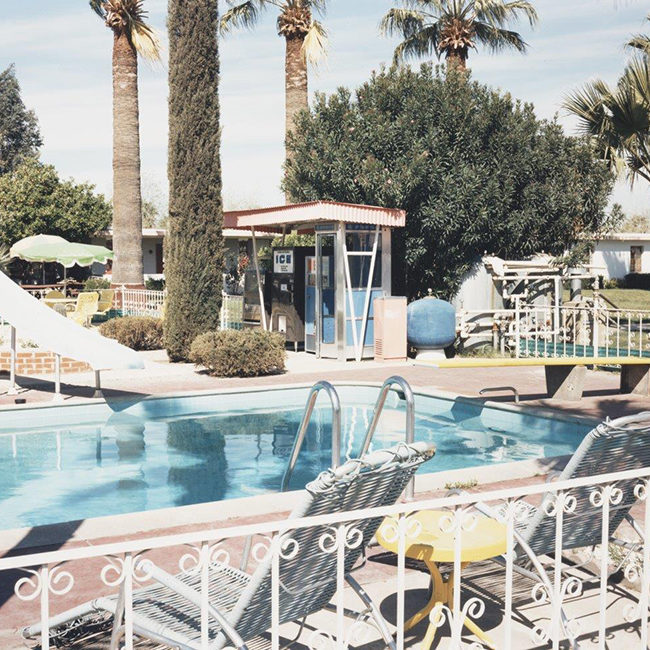
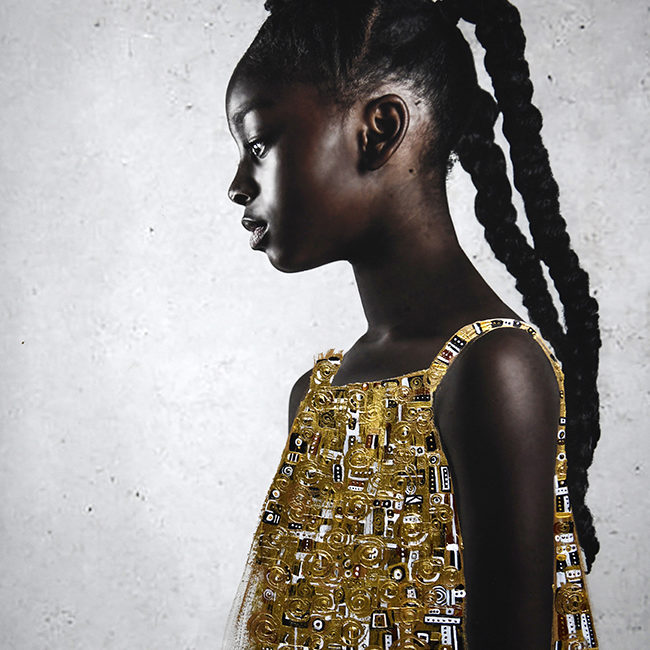

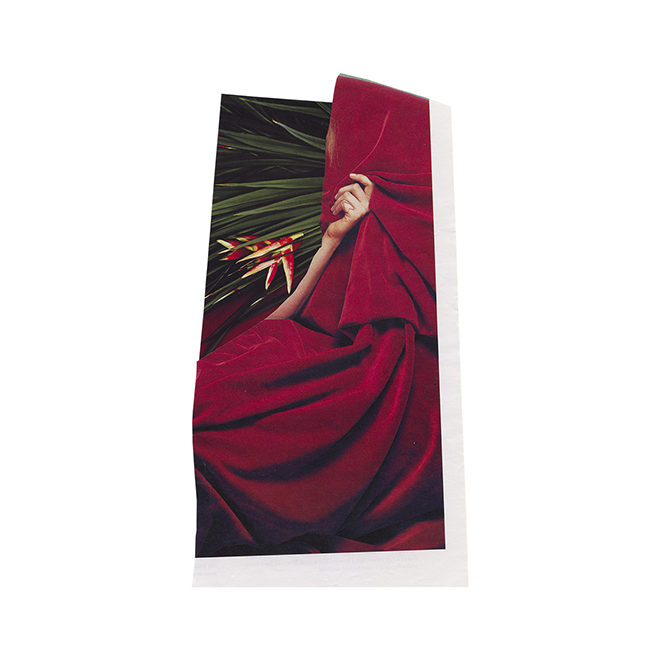
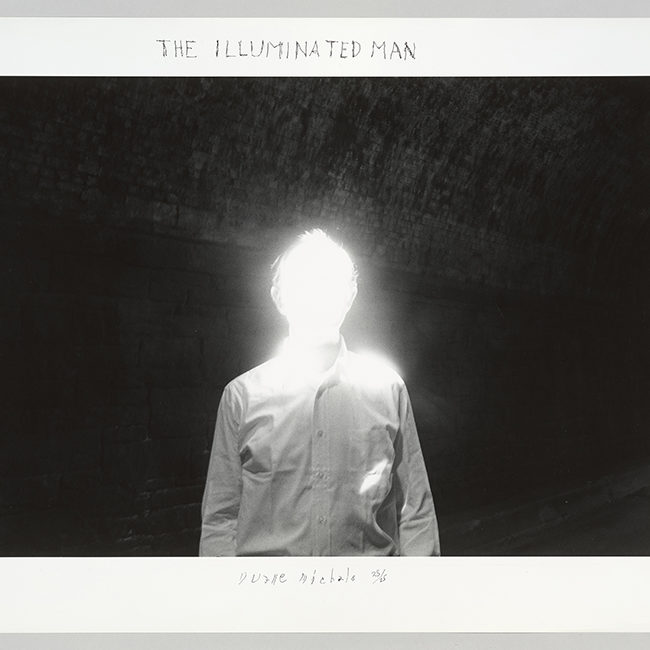
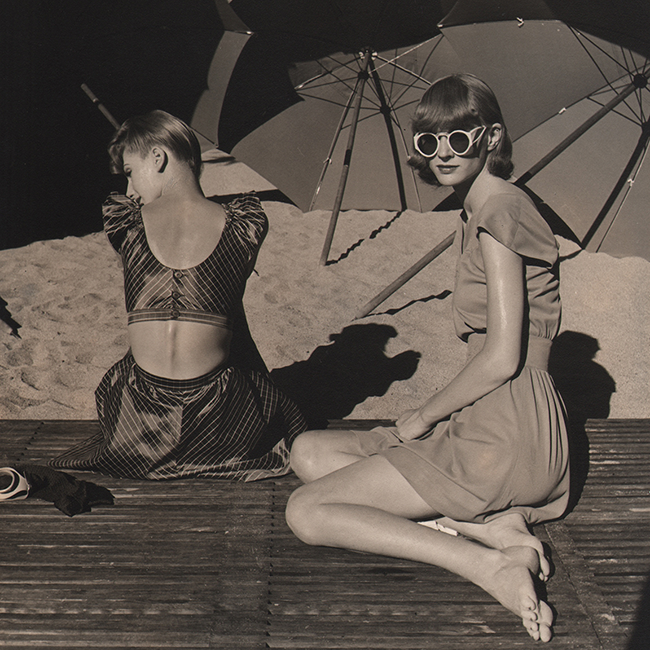
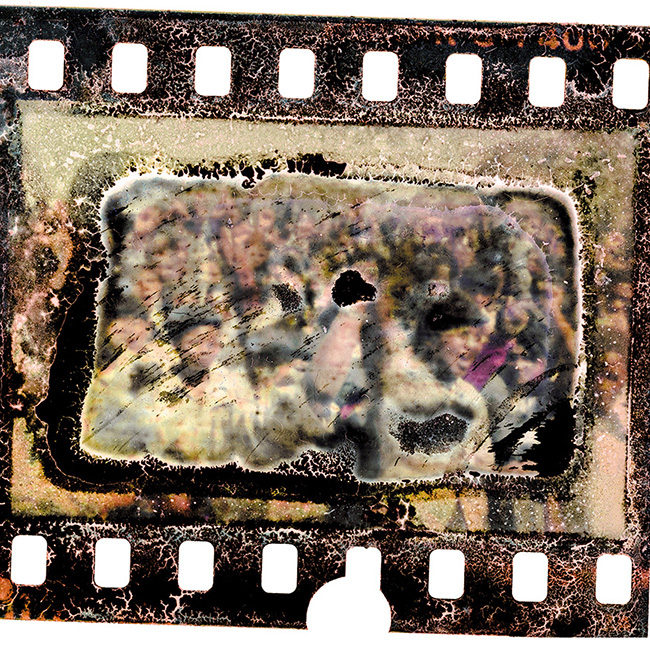
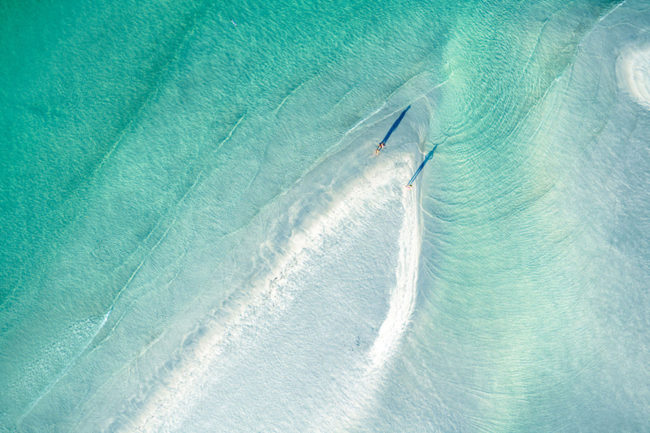
but I actually thought youd have something interesting to say. All I hear is a bunch of whining about something that you could fix if you werent too busy looking for attention.